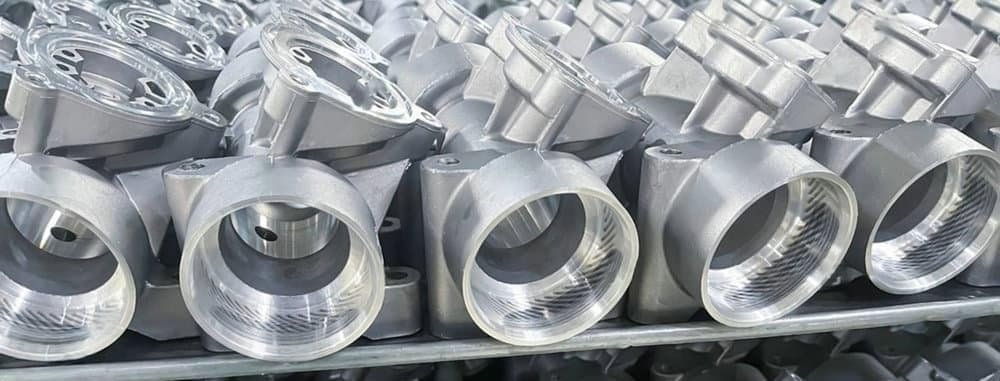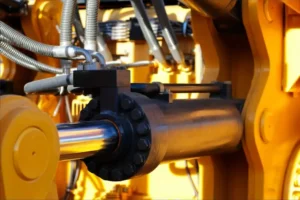
Aluminum alloy, as a lightweight, high-strength, and corrosion-resistant metal material, plays a vital role in modern industry. Its unique melting characteristics are the basis for its wide application.
Understanding these characteristics can help us better utilize aluminum alloys and optimize their performance in various applications.
Aluminum Alloy Melting Characteristics
Low Melting Point
- Pure aluminum has a melting point of approximately 660℃, and aluminum alloys typically have melting points around this temperature, varying depending on the alloy composition.
- The low melting point makes aluminum alloy relatively easy to handle during melting and casting processes, but it also limits its high-temperature applications.
High Oxidizability
- Aluminum is a very active metal that readily reacts with oxygen during the melting process, forming aluminum oxide.
- The presence of aluminum oxide affects the fluidity and purity of molten aluminum, so measures must be taken to prevent oxidation during melting.
Molten State Characteristics
- Molten aluminum alloy has good fluidity, making it ideal for casting complex shapes.
- لكن, molten aluminum also has high surface tension, which can lead to inclusions and porosity, requiring careful control of the melting process.
Influence of Alloy Composition
- The melting characteristics of aluminum alloy are significantly affected by the alloy composition. على سبيل المثال, adding silicon can lower the melting point and improve fluidity, while adding magnesium can increase strength but also increase the tendency for oxidation.
Applications of Aluminum Alloy
Due to its excellent comprehensive properties, aluminum alloy is widely used in numerous fields:
Aerospace
- The lightweight and high-strength properties of aluminum alloys make them a key material for manufacturing aircraft and spacecraft structural parts.
- High-strength aluminum alloys, such as 7075 و 2024, are widely used in aircraft fuselages and wings.
Automotive Industry
- To achieve vehicle lightweighting and improve fuel efficiency, aluminum alloy is widely used in car bodies, اجزاء المحرك, and wheel hubs.
Construction Industry
- The corrosion resistance and ease of processing of aluminum alloy make it a common choice for manufacturing building materials such as doors, windows, curtain walls, and roofs.
Electronic Products
- The good thermal conductivity and electromagnetic shielding properties of aluminum alloy make it widely used in electronic device housings and heat sinks.
Packaging Industry
- Aluminum foil is used widely in food and drug packaging due to its sealing and malleability.
Additive Manufacturing
- With the development of additive manufacturing, Aluminum alloy powders are being used in 3d printing to make complex parts.
Challenges and Solutions in Melting Processes
Aluminum alloy melting processes face challenges such as oxidation, inclusions, and porosity. To address these issues, the following measures can be taken:
Protective Atmosphere
- Use inert gas protection during melting to reduce the contact between molten aluminum and oxygen.
Flux Treatment
- Adding flux can remove oxides and impurities from molten aluminum.
Filtration and Refining
- Further improves the purity of molten aluminum through filtration and refining processes.
Control Melting Temperature
- Strictly controlling the melting temperature can reduce oxidation and evaporation losses.
Future Outlook
مع التقدم المستمر للعلوم والتكنولوجيا, the melting technology and application areas of aluminum alloys will continue to expand. In the future, we can expect:
- Develop new aluminum alloys with higher strength, better heat resistance and corrosion resistance.
- Optimize the melting process to improve the purity of the melt and casting efficiency.
- Expand the application of aluminum alloys in new energy vehicles, rail transportation and marine engineering.
The melting characteristics of aluminum alloys are the basis for their wide application. Through in-depth research and continuous innovation, we can make better use of aluminum alloys and contribute to the sustainable development of modern industry.







